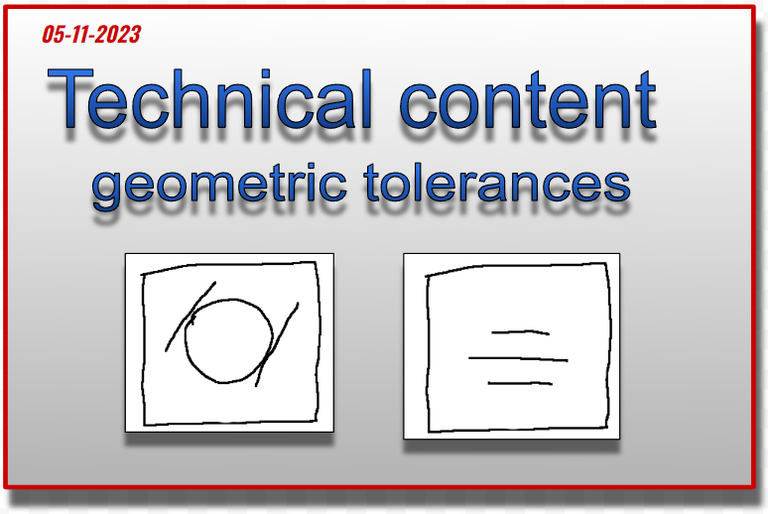
La traduzione in italiano è sotto alla traduzione in inglese
[ENGLISH]
05-11-2023 - Technical content - geometric tolerances [EN]-[IT]
Considerations
Geometric tolerances are important to obtain the correct functionality of the piece. That is, making a mechanical detail respecting all dimensional tolerances may not be so useful if its dimensional tolerances are not also respected. In conclusion, we may have a mechanical detail which, without the correct geometric tolerances, may not be useful for assembly and we will be forced to throw it away, thus creating an economic loss.
Below are the symbols of the most common geometric tolerances:
Straightness
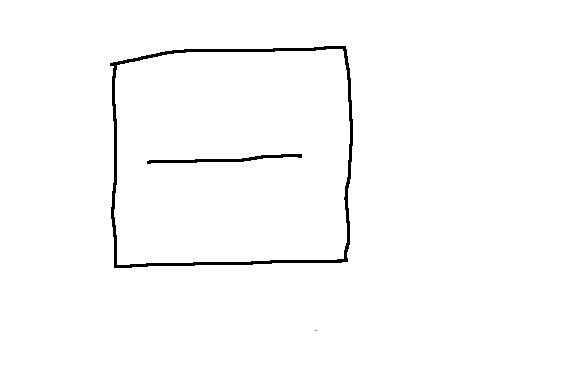
Planarity
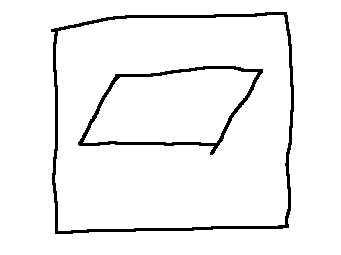
Circularity
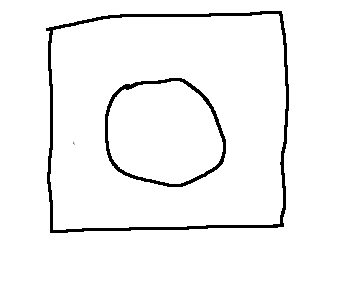
Cylindricity
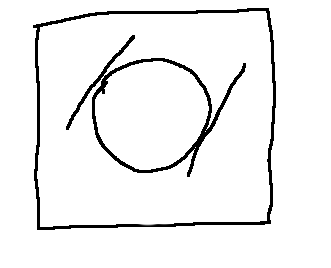
Parallelism
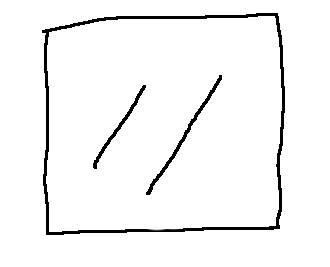
Perpendicularity
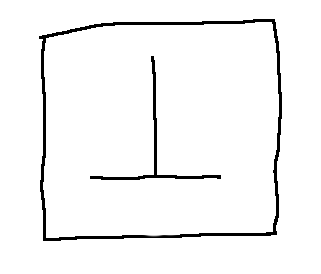
Inclination
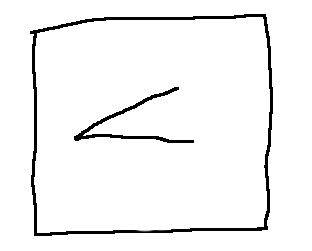
Concentricity and coaxiality
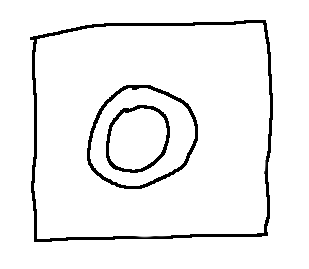
Symmetry

Tolerances can be of the following types:
-Shape tolerances (Straightness, Flatness, Circularity, Cylindricity)
-Orientation tolerances (Parallelism, Perpendicularity, Inclination)
-Position tolerances (Localization, Concentricity, Coaxiality, Symmetry)
*Swing Tolerances (Circular, Total)
Conclusions
The geometric tolerances shown in a mechanical drawing are as important as the dimensional tolerances. Geometric and dimensional tolerances work together to provide the correct information to reproduce a mechanical part that fully respects its functionality once made.
Request
I turn to mechanical designers. How many times will you write the geometric tolerances on the drawings you make?

[ITALIAN]
05-11-2023 - Technical content - tolleranze geometriche [EN]-[IT]
Considerazioni
Le tolleranze geometriche sono importanti per ottenere la corretta funzionalità del pezzo. Cioè, realizzare un particolare meccanico rispettando tutte le tolleranze dimensionali, potrebbe non essere così utile se non vengono rispettate anche le sue tolleranze dimensionali. In conclusione potremmo avere un particolare meccanico che, senza le corrette tolleranze geometriche corrette, potrebbe non essere utile al montaggio e saremo costretti a buttarlo realizzando così una perdita economica.
Qui di seguito le simbologie delle tolleranze geometriche più diffuse:
Rettilineità

Planarità

Circolarità

Cilindricità

Parallelismo

Perpendicolarità

Inclinazione

Concentricità e coassialità

Simmetria

Le tolleranze possono essere dei seguenti tipi:
-Tolleranze di Forma (Rettilineità, Planarità, Circolarità, Cilindricità)
-Tolleranze di Orientamento (Parallelismo, Perpendicolarità, Inclinazione)
-Tolleranze di Posizione (Localizzazione, Concentricità, Coassialità, Simmetria)
*Tolleranze di Oscillazione (Circolare, Totale)
Conclusioni
Le tolleranze geometriche riportate in un disegno meccanico sono importanti come le tolleranze dimensionali. Tolleranze geometriche e dimensionali collaborano insieme a fornire la corretta informazione per riprodurre un pezzo meccanico che rispetti completamente la sua funzionalità una volta realizzato.
Domanda
Mi rivolgo ai disegnatori meccanici. Quante volte scriverete le tolleranze geometriche sui disegni che realizzate?
THE END